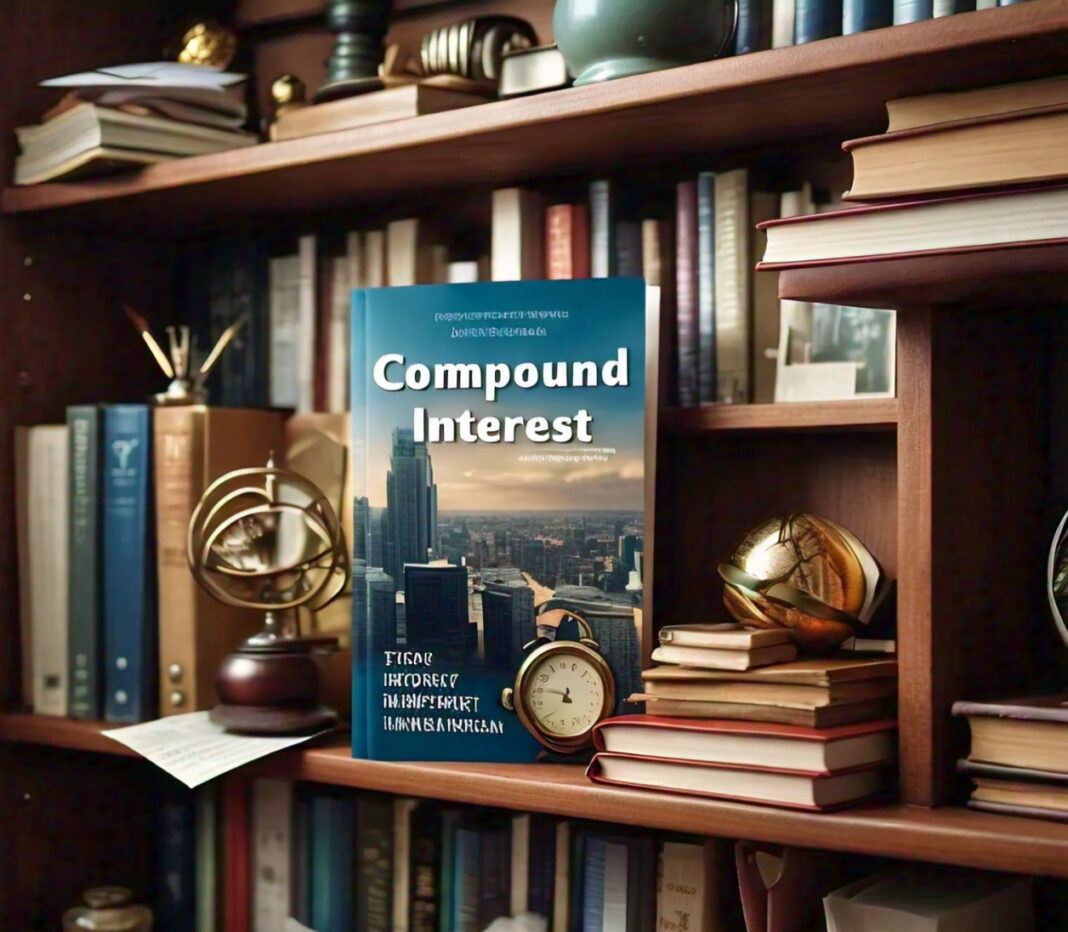When thinking about managing one’s finances, two practices have always been mentioned: saving and investing. While the terms saving and investing are sometimes used interchangeably, each has a different meaning in terms of financial strategies. Learning the differences between saving and investing is crucial to informed decision-making regarding money and the fulfillment of short-run and long-run goals.

1. **What is Saving?
Saving means keeping part of your income in a safe and liquid place for future disposal. The primary aim of saving, therefore, is to create an emergency fund or pool resources for immediate consumption or requirement, be it to purchase a car or spend money on holidays.
Where to Save Money?
Savings are deposited in such financial instruments that carry safety and liquidity. Some regular spots to save cash include:
Savings Accounts: Banks and credit unions offer savings accounts. These accounts let you store money while earning a small amount of interest. They are liquid, so they might fit what you need in an emergency or a short-term goal.
The Money Market Account: Much like savings accounts, these offer the possibility of better interest rates. They also allow check-writing privileges. They are low-risk and provide easy access to your funds.
- Certificates of Deposit (CDs): CDs are time deposits; you agree to let your cash be held in the bank for some time. In return, your interest rate will be higher than that of an ordinary savings account. On the other hand, if you try to access it before its maturity, you may face certain penalties.
Characteristics of Saving
- Low risk: Savings accounts and similar accounts are safe and secure. Normally, your money is covered by an insurance policy like that from the FDIC in the U.S. so that you don’t lose it.
- Liquidity: One of the strongest positive aspects of saving is that money is liquid. You have easy access to it whenever the need arises.
- Low Returns: The counterpart of it all, while saving is safe, is that the returns are generally low. Savings accounts usually have below-inflation interest rates, meaning your money could actually lose purchasing power over time.
2. What is Investing?
Investing means the deployment of your money to buy assets like stocks, bonds, real estate, or mutual funds, with the view to achieve a return. Unlike savings, investments are generally made for longer-term growth and are more risk-prone in nature.
Where to Invest Money?
Investment is of different types, and the form of investment depends on the goal to be achieved and your risk appetite. A few common types of investments are:
- Stocks: You purchase a share in a company for partial ownership. Stocks have the potential for high returns but come with a lot of risks.
- Bonds: Bonds entail lending money to a corporation or government-in return, one receives periodic interest and, at maturity, his principal returned. They are generally less risky but yield lower returns than stocks.
Mutual Funds and ETFs: This channel of investment pools small investors’ money to invest in a diversified portfolio of stocks, bonds, or other assets. This is one of the easy ways to diversify and manage risk.
Real Estate: Buying property is considered one of the long-term investment strategies that yields rental income with the potential to appreciate over time.
Attributes of Investment
- Higher Risk: Generally speaking, investing carries more risk than saving. The value of investments can go up and down, and you could get back less than you originally put in, or even lose all your money.
- Potential for High Returns: On the other hand, investing risks offer the potential for higher returns. Over long periods, investments such as equities have outperformed deposits.
Long-term focus: Investment is suited for long-term goals, such as retirement or the building of wealth over many decades. The longer you invest, the more time you give your money to grow.
3. Key Differences Between Saving and Investing
Though saving and investment both are significant for financial wellbeing, they serve different purposes and carry different levels of risks and rewards. Following are the key differences between both:
1. Purpose and Time Horizon
- Saving: Saving is generally done for short-term needs or contingencies. Savings are normally required in a few months or in a few years.
- Investing: Investment is aimed at long-term growth of wealth. Investments are by nature held for a number of years or perhaps even decades so that compound growth can happen in its time.
2. Risk Level
- Saving: Savings accounts and the like carry very little risk. Your money is safe and insured; the trade-off comes in returns, which are scant.
- Investing: With investments, there are levels of risk. Stock prices can go up and down; interest rates can change, which may affect bond values. And yes, you can lose money-especially in the short term.
3. Returns
Savings: Typically, savings yield lower returns, though the interest rates may give a slightly higher return than general inflation; it is low nonetheless. While money is considered safe, it will not grow as much over time.
Investing: With investments, though, much better returns could be experienced, especially on longer time frames. Stock market investments are known to yield averages around 7-10% annual returns within a longer period of time, though one should not expect similar future performances.
4. Liquidity and Availability of Funds
- Saving: Savings are highly liquid: readily available for you whenever you need this cash. This is why saving becomes an ideal process to fulfill the needs of emergency funds or your short-term needs.
- Investing: An investment is less liquid. You can sell some stocks or bonds, or other securities. It may take some time for them to become money with which you can pay bills, and at a loss possibly.
- **When to Save vs. When to Invest
The wisdom of knowing when to save and when to invest is key to handling money effectively. Here’s a guide that will help you decide which one works best for your financial situation.
When to Save:
Building an Emergency Fund: You need to have saved three to six months of living expenses as your emergency fund before you start investing. In this way, you will always have liquid cash ready for meeting sudden expenses like medical bills or car repairs.
Short-Term Goals: If you are saving money for a particular goal in the near future, be it in a few years, for example, a vacation, wedding, or down payment on a house, saving is indeed the better way out. Savings accounts have your money guaranteed there when you need it due to the low level of risk involved.
- Risk Aversion: If one is uncomfortable with the possibility of losing money, or if retirement age is near and the effects of a possible loss can’t be afforded, then it would be better to stay with low-risk savings options.
When to Invest:
Long-term growth: The main use is for long-term goals, such as retirement, wealth building, and even funding educations for a child. The longer your investment horizon, the more time your money has to grow. You are also able to take full advantage of compound interest.
Risk Tolerance: If your tolerance for risk is higher, and you can live through the short-term ups and downs of the market, investing offers the potential to make significantly higher returns than saving.
Fighting Inflation: Investing works to your advantage in outpacing inflation and ensuring your purchasing power rises over time. Savings accounts come with lower interest rates, meaning your money might lose value if inflation is high.
- The Importance of Both Saving and Investing
Saving and investment are for two different purposes; nevertheless, both are vital in any good financial plan. Here’s why you need both:
- Financial Security: Savings will provide you with an emergency cushion and will help you meet your short-term goals in case you face some unplanned expenses and don’t want to fall into debt.
- Wealth Building: Saving is needed to create wealth in the long run and accomplish major objectives of one’s life, such as retirement. Savings grow rather slowly, but the potential for growth of investment is exponential over time.
- Diversification: By incorporating saving and investing into your financial strategy, you thereby diversify your means of wealth building. This reduces your risk and ensures money’s availability for immediate needs, as well as for long-term growth.
- Balancing Saving and Investment
Saving and investment balance is all about financial goals, the level of risk tolerance, and time horizon. Here are several steps to help in balancing the two.
1. Establish an Emergency Fund First
Before investing, make sure you have an emergency fund that keeps you through sudden unexpected expenses without having to sell investments during market downturns.
2. Define Your Objectives
Determine short- and long-term financial objectives. Utilize savings for short-term goals and investing for long-term goals. If you are saving money for your vacation, then use a savings account. If your plan is for retirement, then invest in stocks or mutual funds.
3. **Evaluate Your Strategy Periodically
Of course, your financial situation and goals will change over time. Rebalance how much you save versus invest periodically, to ensure that your mix accurately reflects your current situation and future needs. You might discover that with your growing income, you’ll be able to invest more for longer-term growth.
Conclusion
While saving and investment sound similar, they fill different roles in your financial life. Saving is a low-risk method for short-term goals and financial safety, while investing involves taking on greater risk for the possibility of higher returns over a longer period of time. In truth, both are important when building a healthy financial future.
Fully understanding the difference between saving and investing, and how and when to apply each, will enable the construction of a sound financial plan-one that will meet present needs yet position the individual to meet long-term success. You can balance both so that you will be ready in case of emergencies and, at the same time, give your money an opportunity to grow.






